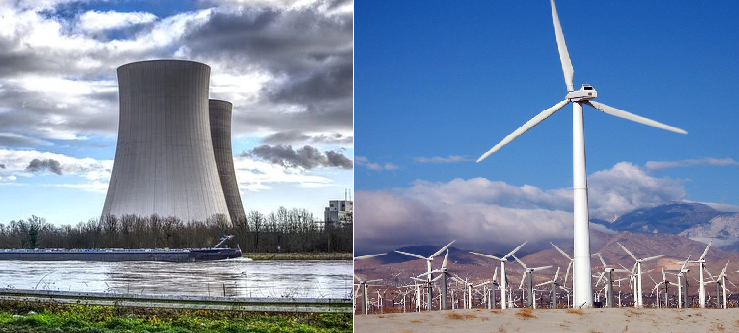The Xlinks Morocco-UK Power Project will generate electricity in the Sahara and transmit it to the UK.
In many ways, this feels like the news we have been waiting for. The cost of energy generated from renewables is plummeting, but what do we do about those times when the sun doesn't shine, and the wind isn't blowing? The UK and surrounding seas are blessed with lots of wind — not so much sun. These days, solar doesn't require exclusively sunny weather — light will suffice; even so, solar isn't ideal in the long dark hours of winter punctuated with gloomy days. For some time, people have been talking about the opportunity to generate electricity in Northern Africa, one place where sunshine isn't in short support supply and transmitting it to Northern Europe. Well, it's happening.

The Xlinks Morocco-UK Power Project will generate electricity from solar and wind from Morocco's Guelmim Oued Noun region, sometimes known as the gateway to the desert.
Xlinks calls Guelmim Oued Noun a renewable rich region. The project will deliver 3.6GW of reliable energy for an average of 20+ hours a day, "enough to provide low-cost, clean power to over 7 million British homes." That's enough power for eight per cent of the UK's needs. It expects to be providing this enormous amount of energy by 2030.

The electricity will be transmitted via high voltage direct current (HVDC) over 2,361 miles.
"Four cables, each 3,800km long," which will "form the twin 1.8GW HVDC subsea cable systems that will follow the shallow water route from the Moroccan site," connecting to the UK at Alverdiscott in Devon "passing Spain, Portugal, and France."
"Morocco has the third-highest Global Horizontal Irradiance" — meaning it gets a lot of sunlight — in North Africa, and thanks to the Trade Winds, which are driven by the temperature differential between the Atlantic Ocean and African continent, can consistently and reliably generate electricity from wind turbines.
The advantages of tapping into Morocco's sun resources are obvious, but the wind utilisation is just as interesting. The UK has plenty of wind, but not all the time. By tapping into a quite different wind resource from almost two and half thousand miles away, the reliability of wind energy increases significantly.
Morocco also offers ten hours of sunlight during the shortest winter days.
This is exciting news and hints at how the renewable revolution can overcome the problem of intermittency.
Maybe in the future, other solar projects will generate electricity from time zones three of four hours to the east, benefiting from solar power several hours before the sun rises locally
The solution to the energy challenge is holistic — this is the point that critics overlook. There isn't one fix; there are multiple fixes. EV to grid power is one partial solution, as is hydropower. Vanadium redux batteries provide one form of energy storage as do gravity systems in which concrete blocks are lifted by cranes when energy is plentiful and slowly released in times of poor solar and wind generation.
High voltage direct current is perhaps the most compelling example of all, and it will work both ways in time. The UK, Scotland in particular, will export wind-generated electricity at times when wind-generated is in excess of local needs.
AI will sit at the heart of this brave new world of electricity, optimally switching energy supplies from different sources.
Convergence of different technologies: AI, high voltage direct current, wind and solar, lithium-ion, etcetera will create an energy revolution that can defeat climate change and simultaneously create cheaper energy.
We will lose this war if we listen to the delayers, many of whom seize upon the current energy crisis, which has hardly anything to do with renewables and try to argue this proves the need for more oil.
Instead, we need to focus more resources on developments such as the Xlinks Morocco-UK Power Project.






Related News
The AI revolution is here
Jan 25, 2023
The impossible conclusion about technology becoming less disruptive and why it is so dangerous
Jan 20, 2023
Tech bubble! Are you kidding?
Jan 06, 2023